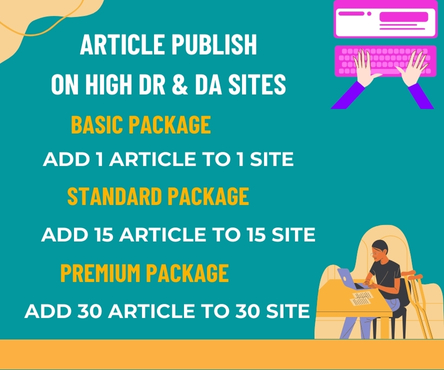Conversion rate optimization (CRO) is a systematic process that aims to increase the percentage of website visitors who complete a desired action, such as filling out a form, making a purchase, or subscribing to a newsletter. In today’s digital landscape, CRO has become an essential component of any successful online marketing strategy. By understanding the principles of CRO and implementing effective techniques, businesses can significantly improve their online performance, drive more conversions, and ultimately boost revenue.
Understanding Conversion Rate Optimization
Conversion Rate Optimization is a data-driven approach that involves analyzing user behavior, identifying bottlenecks, and making informed design and content decisions to enhance the user experience. By streamlining the conversion process, businesses can reduce friction, build trust, and increase the likelihood of visitors completing the desired action. CRO involves a continuous cycle of research, testing, and refinement to ensure that the website is optimized for maximum conversions.
The Benefits of Conversion Rate Optimization
The benefits of CRO are numerous and can have a significant impact on a business’s bottom line. Some of the key advantages include:
- Increased conversions: By optimizing the conversion process, businesses can drive more sales, leads, and sign-ups, resulting in increased revenue.
- Improved user experience: CRO helps to identify and address pain points, making it easier for visitors to navigate the website and complete the desired action.
- Enhanced credibility: A well-designed and user-friendly website can enhance a business’s credibility and build trust with potential customers.
- Better return on investment (ROI): By maximizing conversions, businesses can achieve a better ROI on their marketing spend.
- Competitive advantage: By optimizing their website for conversions, businesses can gain a competitive advantage in their industry.
Key Elements of Conversion Rate Optimization
Effective CRO involves several key elements, including:
- Clear and concise messaging: The website’s messaging should be clear, concise, and relevant to the target audience.
- Prominent calls-to-action (CTAs): CTAs should be prominent, visually appealing, and actionable.
- User-friendly design: The website’s design should be intuitive, responsive, and free of distractions.
- Streamlined forms: Forms should be short, simple, and easy to complete.
- Social proof: Customer testimonials, reviews, and ratings can help build trust and credibility.
- A/B testing: Continuous testing and refinement are essential to ensuring that the website is optimized for maximum conversions. Meet ux service
Best Practices for Conversion Rate Optimization
To get the most out of CRO, businesses should follow best practices, including:
- Conduct thorough research: Understand the target audience, their needs, and their pain points.
- Set clear goals: Define what constitutes a conversion and set measurable goals.
- Use data analytics: Track key metrics, such as conversion rates, bounce rates, and average order value.
- Test and refine: Continuously test and refine the website to ensure that it is optimized for maximum conversions.
- Focus on user experience: Prioritize user experience and make data-driven decisions to enhance the conversion process.
Conclusion
Conversion Rate Optimization is a powerful tool for businesses looking to maximize their online potential. By understanding the principles of CRO and implementing effective techniques, businesses can drive more conversions, boost revenue, and gain a competitive advantage. By following best practices and continuously testing and refining the website, businesses can ensure that they are getting the most out of their online marketing efforts. With the right approach, CRO can help businesses achieve their online goals and drive long-term success.

